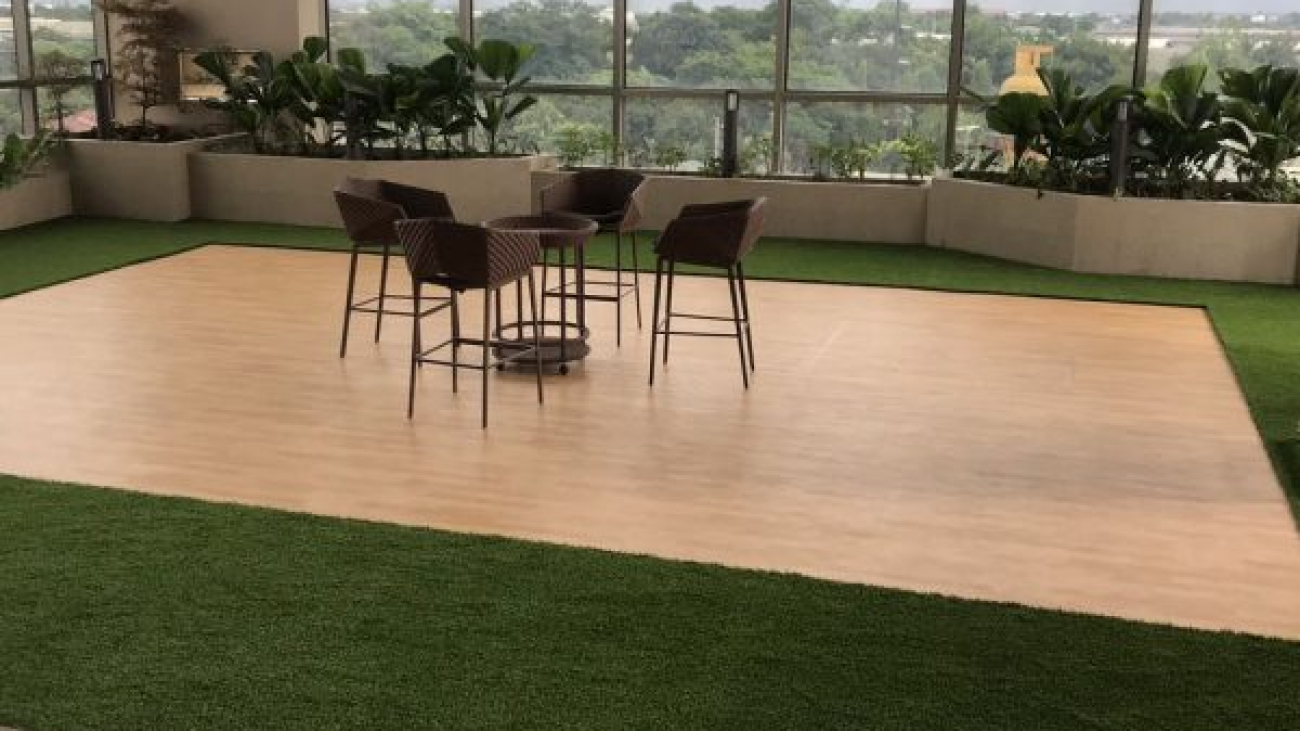In a world that’s becoming increasingly fast-paced, maintaining the lush greenery of natural plants can be quite the challenge. Enter artificial plants – the modern solution to a timeless desire for green spaces. The Philippines, known for its vibrant culture and picturesque landscapes, has embraced the trend of artificial plants with open arms. In this blog, we’ll explore the rise of artificial plants, their significance in the Filipino context, the importance of a trusted supplier, and introduce you to one such reliable source – Inno Motiff Corporation.
The Rise of Artificial Plants
Gone are the days when artificial plants were synonymous with tacky decorations. Today, they have evolved into stunning, lifelike replicas that offer a range of benefits. Artificial plants require no watering, mowing, or fertilizing, making them a convenient choice for both residential and commercial spaces. Beyond convenience, they’re also eco-friendly, reducing water usage and maintenance costs. With advancements in manufacturing, these plants are virtually indistinguishable from the real thing, making them a favored choice for interior and exterior design.
Artificial Plants in the Philippines
In the Philippines, where aesthetics and greenery hold cultural significance, artificial plants have found a special place. Whether adorning homes, offices, or event spaces, they bring a touch of nature while eliminating the hassle of maintenance. Artificial plants perfectly complement the country’s natural beauty and are used to enhance both traditional and contemporary settings.
The Importance of a Trusted Supplier
While the benefits of artificial plants are clear, their quality relies heavily on the supplier. A trusted supplier ensures that the plants are not only visually appealing but also durable and safe. Factors like UV resistance, toxicity, and health-conscious features are critical when choosing a supplier. Additionally, a reliable supplier offers a variety of options to cater to different preferences and spaces.
Introducing Inno Motiff Corporation
One such reputable supplier in the Philippines is Inno Motiff Corporation. As a sole distributor for interior and exterior designing needs, they specialize in transforming spaces from ordinary to extraordinary. With a team of professionals dedicated to delivering quality products and exceptional service, Inno Motiff Corporation is a name you can trust for all your artificial plant requirements.
Product Features and Benefits
Inno Motiff’s artificial plants boast several impressive features. They are UV-defending, ensuring that the vibrant hues remain intact even under the harsh Philippine sun. Being lead-free and toxic-free, these plants prioritize your health and well-being. These features not only ensure a stunning appearance but also guarantee a safe and long-lasting investment.
Product Range and Sizes
To accommodate different spaces and design visions, Inno Motiff offers a range of sizes, including 2 meters by 5 meters, 2 meters by 10 meters, 2 meters by 15 meters, and 2 meters by 20 meters. This versatility allows you to seamlessly integrate artificial plants into various settings, from small residential balconies to expansive commercial landscapes.
Transforming Spaces with Artificial Plants
Imagine a life without the constant upkeep of natural plants, yet still reveling in the beauty of green surroundings. Artificial plants have the power to transform spaces like never before. Homes become havens of tranquility, offices exude productivity amidst serenity, and events acquire a touch of nature’s elegance. With Inno Motiff’s offerings, these transformations are within easy reach.
About Inno Motiff Corporation
Inno Motiff Corporation stands as a beacon of creativity and innovation in the world of interior and exterior design. With a dedication to providing exceptional products and services, they are the go-to source for those seeking to revamp their spaces. The company’s commitment to modernization, refurbishment, and renovation aligns perfectly with the Filipino desire for better places to work, relax, and stay.
Unique Products and Innovations
Inno Motiff Corporation takes pride in offering unique artificial plant products that stand out in the market. Their commitment to innovation ensures that you’re not only getting the best quality but also exclusivity that sets your space apart.
Visiting the Showroom
For a glimpse into the world of artificial plants and design possibilities, visit Inno Motiff Corporation’s showroom. Located at their company office address, the showroom offers a firsthand experience of their exceptional products. Explore the world of first-class innovations and gather ideas to enhance your spaces.
Takeaway
Artificial plants have transcended mere decoration to become an integral part of modern design. In the Philippines, where aesthetics and greenery are celebrated, the demand for high-quality artificial plants is on the rise. With Inno Motiff Corporation, you’re not just buying artificial plants; you’re investing in the transformation of your spaces, the elevation of aesthetics, and the convenience of maintenance-free greenery. Explore their range, envision the possibilities, and take the step toward a greener, more beautiful tomorrow.



